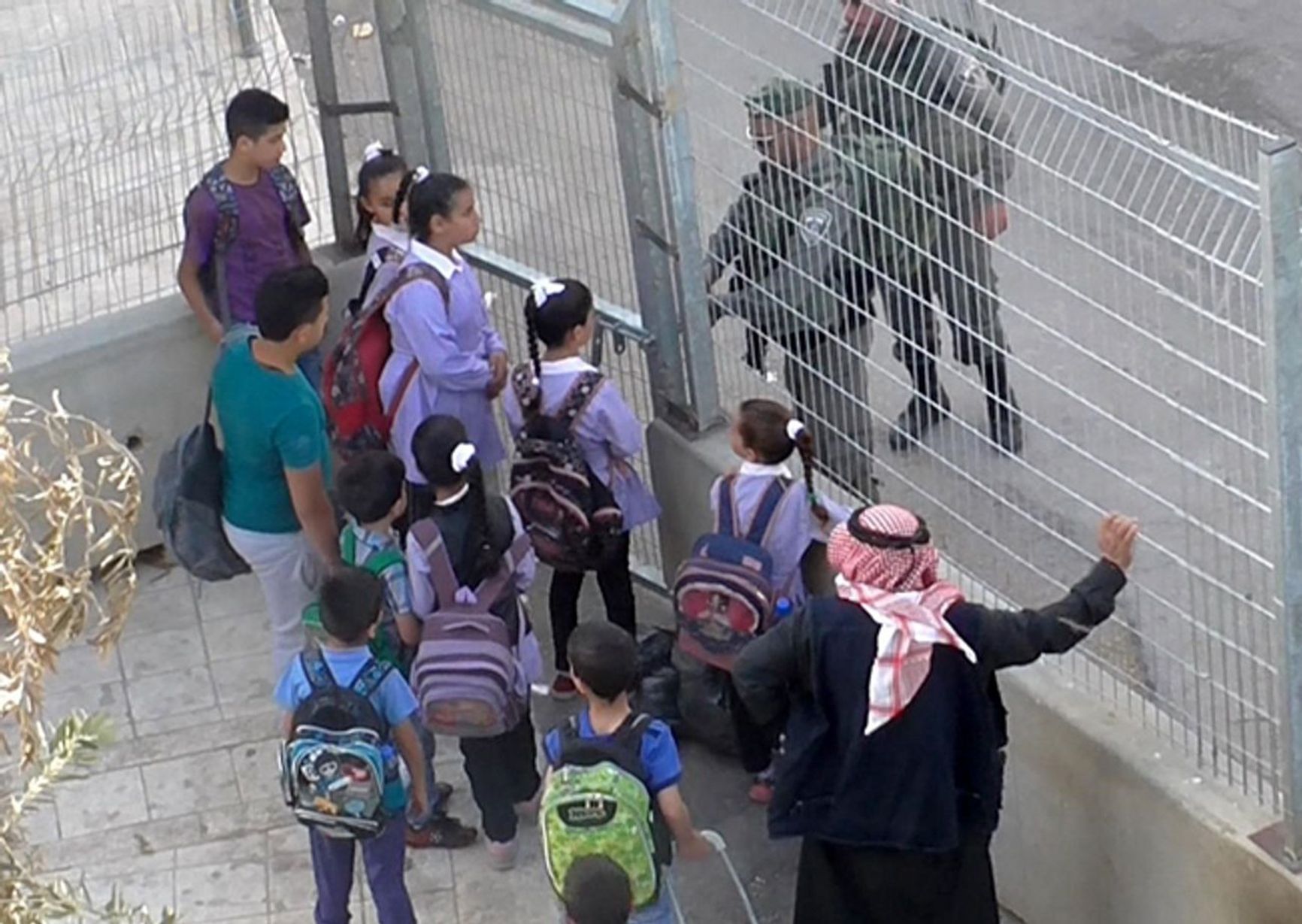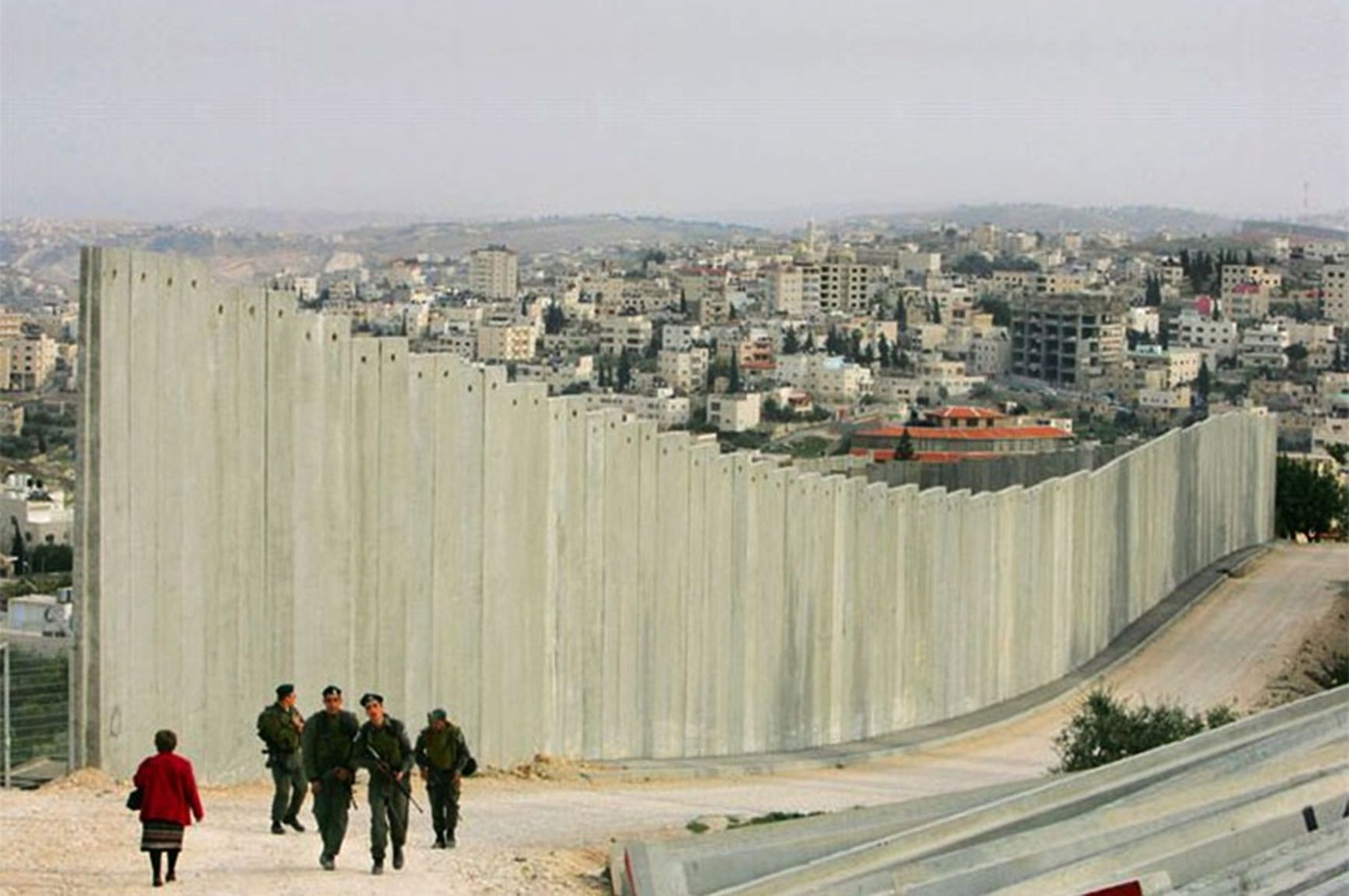

In the aftermath of the Gaza conflict, it appears that Israel will extend its control over the region, akin to its current influence over the West Bank along the Jordan River. To fathom the prospective conditions for Gazans, one need only scrutinize the regulations governing life on the West Bank—an array of Arab «enclaves» dispersed amidst the sea of Israeli dominion. Formally unoccupied, these territories de facto exist under complete Israeli dependency.
Navigating from Jerusalem to Bethlehem in Palestine is a straightforward affair: board bus number 231 at the Damascus Gate bus station, and ride to the last stop, «Beit Jala Settlement.» A broad avenue lined with shops leads from there directly to Bethlehem's center—the illustrious Church of the Nativity of Christ. The journey to Beit Jala takes roughly thirty minutes, but the return trip takes at least twice as long. This discrepancy doesn't stem from a different route – it's precisely the same. The nuance lies in the fact that on the way to the Palestinian enclave, Israeli border patrols let the bus through without meticulous inspections, whereas on the way back to Jerusalem, they intervene.
All passengers must exit the bus, wait for the border guards to inspect its cabin and luggage compartment, and then go through passport control. Foreign tourists and pilgrims are usually allowed through with barely a glance at their documents; questions from the patrols typically arise only for the most numerous passengers of such journeys—Arabs. But not for everyone.
Local Arabs, from a legal standpoint, are divided into three categories for Israeli authorities. The first category consists of Arab Israeli citizens is the descendants of those Arabs who remained in the territories that Israel occupied following the War of Independence, which erupted just hours after the official proclamation of the Jewish state in 1948. Arabs with Israeli passports, numbering around two million, enjoy the same rights as Israeli Jewish citizens, including the right to freedom of movement. In most cases, border guards allow them back onto the bus without any additional checks.
The second category includes residents of East Jerusalem. According to United Nations plans developed after World War II for the division of the Middle East, the Old City of Jerusalem, along with the Western Wall, Al-Aqsa Mosque, and the Church of the Holy Sepulcher—essentially East Jerusalem—was supposed to come under international control. These plans were never implemented; in 1948, the Jordanian army captured East Jerusalem, and in 1967, following another war, Israel occupied and later annexed it. Both Israelis and Palestinians claim Jerusalem as their own. Furthermore, for both parties, this city serves as the capital of their respective states.
Both Israelis and Palestinians claim Jerusalem as their own. Furthermore, for both parties, this city serves as the capital of their respective states
Above Yasser Arafat's grave in Ramallah stands a massive stone with an inscription stating that the burial is temporary, and the body of the Palestinian leader will be relocated to a cemetery in Jerusalem when it becomes the administrative center of Palestine.

Yasser Arafat's grave
The Arab population in the eastern part of the city, currently numbering around 350,000 people, formally has the right to Israeli citizenship, but only a few actually receive passports from the Jewish state. The majority, driven by solidarity with other Palestinians, refrains from obtaining citizenship and settles for resident status in Israel. This status allows them to obtain work permits in Israel and move within its territory. Additionally, residents of East Jerusalem, on paper, have the right to travel freely between their homes and Palestinian cities and villages.
In practice, the realization of this right largely depends on the situation in the country. During lulls in Arab-Israeli tensions, residents of East Jerusalem typically do not attract significant attention from Israeli forces. However, when violence escalates, these individuals may become subject to searches and detentions.
The third category includes Arabs residing in the Palestinian territories, commonly referred to as the West Bank of the Jordan River or Judea and Samaria, as Israel calls these lands. These people cannot enter Jerusalem or internationally recognized Israeli territory without permission from Israeli authorities.
Permits are issued for work in Israel, for getting education, visiting relatives, getting married, receiving medical treatment—there are over a hundred types of permits that Palestinians can obtain to pass through Israeli checkpoints. To obtain these permits, Palestinians must demonstrate to Israeli authorities the necessity of their visit to Israel.
As evidence, one can present a job invitation from an Israeli employer, a university letter with exam results, a confirmed diagnosis of a complex medical condition, and so forth. The permit application system is quite intricate, consuming a significant amount of time and often requiring financial investment. For instance, intermediaries assisting in obtaining work permits on an Israeli farm or factory may charge anywhere from a few hundred to several thousand dollars for their services.
Furthermore, Israeli intelligence maintains a list of Palestinians deemed dangerous to the Jewish state, rendering them ineligible for permits under any circumstances. The exact number of individuals on this list is unknown but, according to some reports, it may exceed 400,000, considering the total Palestinian population of 4.5 million.
Until recently, buses traveling between Israeli and Arab territories sometimes carried Palestinians from the Gaza Strip. However, after the outbreak of the war against Israel initiated by Hamas in October of this year, all 18,000 permits previously issued to Gaza residents for staying in the territory of the Jewish state were revoked. Consequently, those people were compelled to return to the highly precarious region.
After the outbreak of the war initiated by Hamas, all 18,000 permits previously issued to Gaza residents for staying in Israel were revoked
Passport control and selective checks are conducted not only at the entrance to Israel but also within Palestinian territories, where approximately a hundred stationary and mobile checkpoints operate—both on highways and directly within cities. For instance, in Hebron, a checkpoint is situated right in the city center on a pedestrian street.

Checkpoint in Hebron located on a pedestrian street
Furthermore, along almost the entire border between Israel and the West Bank, there is the Israeli Separation Barrier—a tall fence or concrete wall with observation towers. The main purpose of this structure, stretching over 700 km in total, is to prevent unauthorized entry of Palestinians into Israeli territory.

Israeli Separation Barrier
Palestinians complain that Israelis built the barrier not precisely along the so-called «Green Line,» which separates Arab lands from Jewish ones, but deeper into Palestinian territories, reducing their area by approximately 9%. To access these lands cut off by the barrier, Palestinians also need permission from Israeli authorities.
The territory beyond the separation barrier is also quite heterogeneous. Since the 1990s, in accordance with agreements signed between Israeli and Palestinian leaders, the West Bank has been divided into three zones—A, B, and C. In Zone A, occupying about 18% of the region's territory, the Palestinian Authority holds the most authority. Palestinian officials manage education, culture, healthcare, regulate the economy, and even maintain public order there. In Zone B—comprising 21% of the West Bank's territory—local officials have limited powers, with Israeli authorities responsible for internal security.

Inside these two zones, numerous Arab villages and major Palestinian cities are located, including Hebron, Bethlehem, Ramallah, and Nablus. Israeli civil institutions are absent there, but the military and police have the right to enter at any moment for searches and detentions without the consent of the local Arab administration.
Zone C, covering approximately 60% of the entire West Bank territory, is directly governed by the Israeli administration. Originally, it was anticipated that by the beginning of the 21st century, Zone C would transition under Palestinian control. However, due to security concerns, Israel relinquished only a minor portion of authority to the Arabs, retaining almost total control over these territories.
It is in Zone C that the majority of Jewish settlements are located—there are around two hundred of them, with a total population of approximately 400,000 people. Palestinians and a significant portion of the international community consider the settlement activity as an occupation of Arab lands. The settlers, on the other hand, insist that they have both a divine mandate recorded in the Bible and an earthly mandate for these territories.
They assert that international agreements permit Jews to settle throughout the historical land of Palestine. Formally, these settlements are not part of Israel (though Prime Minister Benjamin Netanyahu planned to annex part of the West Bank in 2019), but they are safeguarded by Israeli security forces and supplied with everything they need from Israeli territory. The roads connecting Israel to the Jewish settlements in the West Bank are closed to Palestinians; only Israeli citizens are allowed to travel on them.
Only Israeli citizens are allowed to travel on the roads connecting Israel to the Jewish settlements in the West Bank
Israel controls all the roads in the region, and at any moment, an Israeli checkpoint can appear on any of them. The supply of electricity, telecommunications, and even the water system in the West Bank is also under Israeli jurisdiction. Israelis also control the borders of the West Bank with neighboring Jordan. The Allenby Bridge, connecting Jordan to the Palestinian territories, is the main gateway for Palestinians to travel abroad.
In theory, there is still the possibility of flying out from Ben Gurion Airport in Tel Aviv, but obtaining permission for this is quite challenging. Therefore, those traveling abroad prefer to first go to Jordan and then fly or continue their journey from there. Officially, travel to Jordan is free and does not require permission from Israeli authorities. However, in practice, Israeli border guards can prohibit crossing the border for individuals whose names appear on the list of unreliable persons. This list is not publicly available, and many Palestinians only discover they are on it when attempting to cross the Allenby Bridge.
The division of the West Bank into zones means that a journey, for example, from Hebron to Bethlehem, covering only a few dozen kilometers, passes through territories under different jurisdictions because the road traverses all three zones: A, B, and C.
During escalations of the Arab-Israeli conflict, Israeli checkpoints spring into existence on the borders between these zones, making it very difficult to cross them. As Palestinians themselves describe it, the West Bank resembles a collection of Arab islands scattered in the sea of Israeli control.
The West Bank resembles a collection of Arab islands scattered in the sea of Israeli control
In the Palestinian territories, there are two separate judicial systems. Local residents can resolve disputes between themselves in a regular civil court or, by mutual agreement, in a Sharia court, which handles civil and family matters in accordance with Islamic law. However, Palestinians can only defend their interests in disputes with Israel in the Supreme Court of Israel. For instance, it is only there that Arabs can challenge government decisions regarding the demolition of their homes or eviction from them.
A judicial reform initiated by Netanyahu about a year ago, but halted after mass protests, threatens to deprive Palestinians of this mechanism. If the current government manages to push the reform through, it will gain the ability to overcome any veto from the Supreme Court through parliamentary voting. This would be very bad news for Palestinians. While the current number of demolished Palestinian structures reaches several hundred each year, this figure could significantly increase in the future if the reform is implemented.